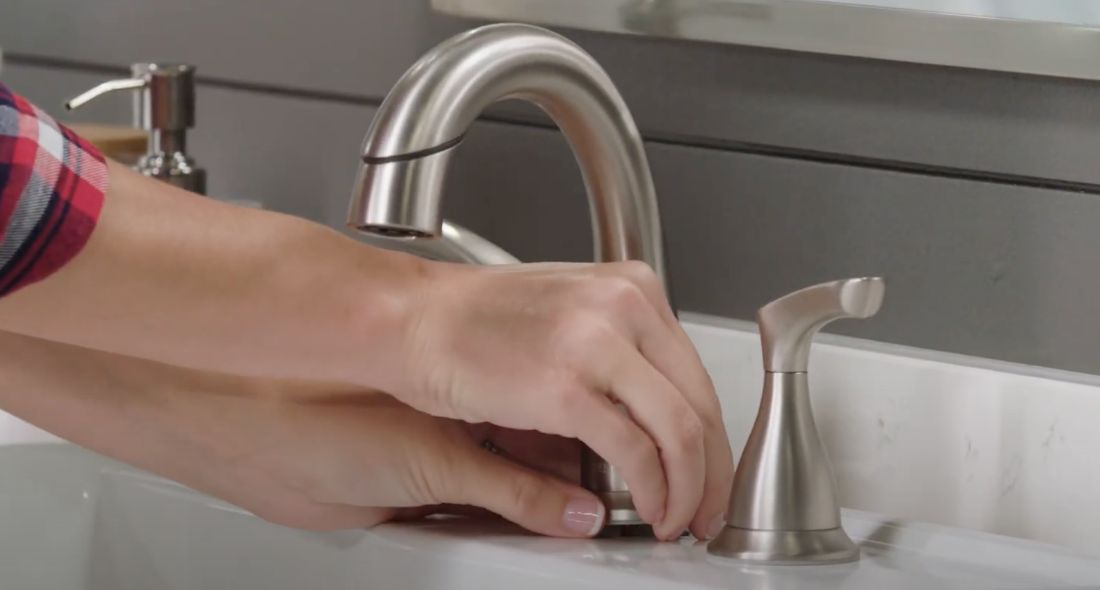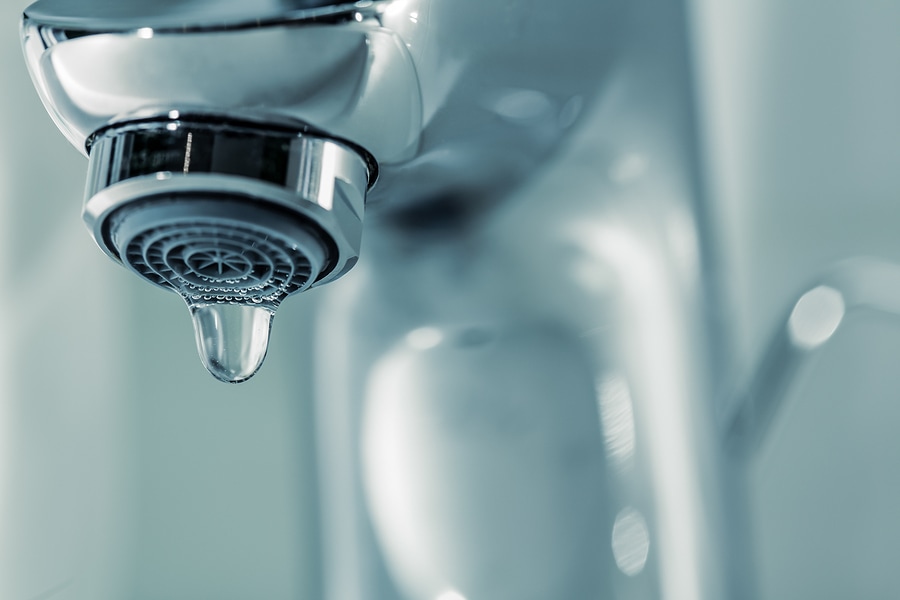The content following next pertaining to 4 Common Reasons for a Leaky Faucet is unquestionably captivating. You should take a look.

Trickling faucets could look like a minor trouble, yet their effect exceeds just the inconvenience of the sound. From wasting water to sustaining unnecessary financial prices and health and wellness dangers, ignoring a dripping tap can result in various effects. In this short article, we'll delve into why it's critical to address this common family issue without delay and efficiently.
Wastefulness of Water
Environmental Influence
Trickling faucets add considerably to water wastage. According to the Environmental Protection Agency (EPA), a single tap leaking at one drip per secondly can squander greater than 3,000 gallons of water per year. This not only pressures water resources yet also impacts ecological communities and wildlife depending on them.
Financial Costs
Boosted Water Costs
Past the environmental effect, leaking taps can blow up water costs substantially. The built up waste over time converts right into greater utility costs, which could have been prevented with prompt fixings.
Prospective Residential Property Damage
Additionally, extended trickling can cause damage to components and surface areas surrounding the faucet. Water buildup can trigger discoloration, deterioration, and even architectural issues if left neglected, leading to extra repair expenses.
Health Worries
Mold And Mildew and Mildew Growth
The continuous visibility of moisture from a leaking tap creates a perfect atmosphere for mold and mildew and mildew growth. These fungi not only compromise indoor air high quality however additionally posture health risks, specifically for people with respiratory conditions or allergies.
Waterborne Diseases
Stagnant water in dripping faucets can become a breeding ground for bacteria and other microorganisms, raising the threat of waterborne conditions. Contaminants such as Legionella bacteria flourish in stagnant water, potentially resulting in major health problems when consumed or inhaled.
Do it yourself vs. Specialist Fixing
Pros and Cons of DIY Repair
While some might try to take care of a leaking faucet themselves, do it yourself repair services include their own set of obstacles. Without appropriate understanding and devices, DIY efforts can aggravate the concern or lead to insufficient fixings, prolonging the issue.
Advantages of Hiring a Specialist Plumber
Employing an expert plumber makes certain that the underlying source of the dripping faucet is resolved successfully. Plumbing technicians have the know-how and equipment to detect and repair tap concerns efficiently, saving time and decreasing the risk of further damages.
Step-by-Step Guide to Repairing a Dripping Faucet
Tools Needed
Prior to trying to repair a dripping faucet, gather the necessary tools, including an adjustable wrench, screwdrivers, replacement parts (such as washing machines or cartridges), and plumber's tape.
Usual Tap Issues and Their Solutions
Recognize the sort of tap and the particular issue causing the drip. Usual troubles include worn-out washing machines, rusty valve seats, or faulty O-rings. Describe maker guidelines or on the internet tutorials for step-by-step advice on repair services.
Preventive Measures
Normal Maintenance Tips
To prevent leaking taps, do routine maintenance such as cleaning up aerators, checking for leakages, and replacing worn-out parts immediately. In addition, consider installing water-saving gadgets or updating to a lot more reliable components.
Importance of Prompt Repair Works
Resolving trickling taps as quickly as they're seen protects against more water wastefulness and possible damages, eventually conserving both water and cash over time.
Effect On Home Value
Perception of Well-Maintained Property
Preserving a property in good condition, consisting of attending to maintenance concerns like dripping taps, improves its viewed value and charm amongst potential customers or renters.
Influence on Resale Value
Properties with properly maintained plumbing fixtures, consisting of faucets, command higher resale values in the property market. Dealing with trickling faucets can contribute to a favorable perception throughout residential property inspections and settlements.
Ecological Duty
Individual Contribution to Conservation
Taking obligation for taking care of leaking taps straightens with more comprehensive initiatives towards water conservation and environmental sustainability. Every individual's actions collectively make a significant impact on preserving valuable sources.
Lasting Living Practices
By focusing on timely repair work and adopting water-saving habits, people add to sustainable living practices that profit both existing and future generations.
Final thought
Addressing a trickling tap goes beyond plain comfort; it's a vital step towards conserving water, minimizing financial prices, and protecting health and home. Whether with do it yourself repair services or professional help, taking action to take care of trickling faucets is a little yet impactful means to promote accountable stewardship of sources and contribute to a much healthier, extra sustainable future.
How to Fix a Leaky Faucet: Step-by-Step Repair Guide
A leaky faucet may seem like a simple annoyance, but if it's not fixed promptly, that leak could cost hundreds to potentially thousands. From water damage to mold, mildew, and high water bills, even a tiny leak can be catastrophic if left unattended. Damage like this can even affect the overall value of your home, so it's important to take the right approach for leaky faucet repair. You may need the help of a plumber in some cases, but we've got a few tips you can try on how to fix a leaky faucet before calling the pros.
Four Faucet Types
When you're learning how to fix a leaky faucet, the first step is knowing what kind of faucet you're working with! There are four common types.
Cartridge Faucets
Cartridge faucets come in one- or two-handled varieties. In one-handled cartridge faucets, hot and cold water combines in a single cartridge. In the two-handled versions, hot and cold water are controlled separately and mixed in the faucet.
Ball Faucets
Ball faucets have a single lever you push up and down to adjust the pressure and rotate to change the temperature. A slotted metal ball controls the amount of water allowed into the spout.
Compression Washer Faucets
They're the oldest type of faucet, but they're still used in many homes — especially older ones. Compression faucets have two separate handles that, when turned, raise or lower the washer that seals a water valve. This valve stops water from flowing through the faucet when it is turned off.
Disc Faucets
Disc faucets rarely need to be repaired due to their maintenance-free design. The water flow is controlled by two discs — the upper one raises and lowers against a fixed lower disc, creating a watertight seal. If your disc faucet starts leaking, you may need to replace the seals or clean residue buildup from the inlets.
Fixing a Leaky Faucet
Step 1: Turn Off the Water
Whether you're learning how to fix a leaky bathtub faucet or how to fix a leaky kitchen faucet, always turn off the water supply to your working area when you're fixing a leak. The last thing you want is a flood added to your list of things to fix.
Look for the shutoff valves below your sink or around the tub and turn them clockwise to stop the water flow. If your faucet doesn't have shutoff valves, you may need to turn off the water for the whole house. Check to make sure it's off by turning the faucet on. If nothing comes out, you're ready to start the repair.
Step 2: Take Apart the Faucet
How you disassemble your faucet depends on the type of fixture you have. You can use a flathead screwdriver to remove the caps on top of the handle or handles for cartridge and compression faucets. Inside, you should see handle screws. Unscrew these with a screwdriver to remove the handle.
Disc- and ball-style faucets will typically have an inlet screw near the handle, and removing that will reveal the interior of the faucet.
Detach the Valve Stem
For cartridge- and compression-style faucets, you'll see the inner valve stem or cartridge once you remove the faucet handles. If you have a compression faucet, unscrew the brass valve stem. If you have a cartridge faucet, pull out the cartridge. If your cartridge has been in place for a while, it may require some tools or extra force to remove it due to mineral deposits.
Examine and Replace Parts
Once you've removed the parts, check them out to confirm what needs to be replaced. You may see corroded rubber washers, O-rings, stems, or cartridges. On a ball-style faucet, check the seats and springs for damage.
If you need to repair a leaky disc faucet, check the inlet and seals on the lower disc.
Once you determine what parts must be replaced, visit your local hardware store. Bring the damaged parts with you to ensure you can purchase the correct components to replace them.
Clean Valves and Faucet Cavity
If you've removed a stem or cartridge, you may notice mineral buildup in the faucet's threads. Use white vinegar to clean the valve seat by soaking it for a few minutes, then scrub it away with a soft toothbrush and rinse with warm water. You can also clean the interior of the faucet in the same way.
Reassemble the Faucet
Once your faucet is cleaned and the required parts have been replaced, it's time to reassemble it. Put the pieces back together and slowly turn the water supply back on. Doing this slowly is crucial because too much initial water pressure can damage the new hardware you've just installed.
https://homewarranty.firstam.com/blog/how-to-fix-leaky-faucet

We had been made aware of that write-up about How to Fix a Dripping or Leaky Faucet through a pal on our other web page. Be sure to pause to promote this entry if you enjoyed reading it. Thank you for taking the time to read it.